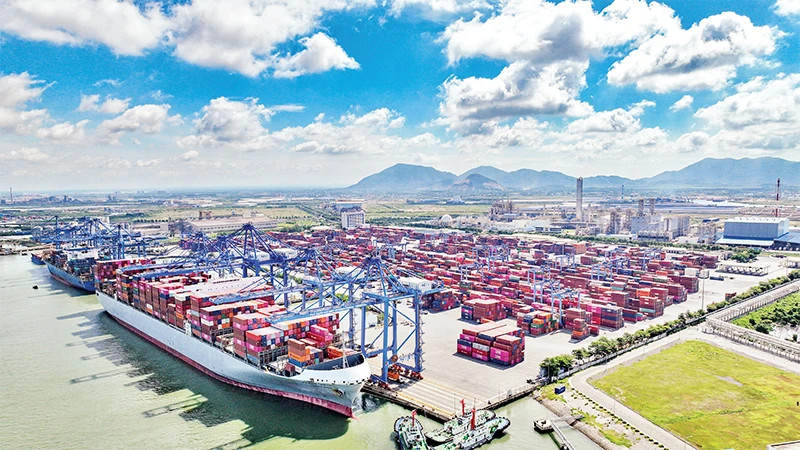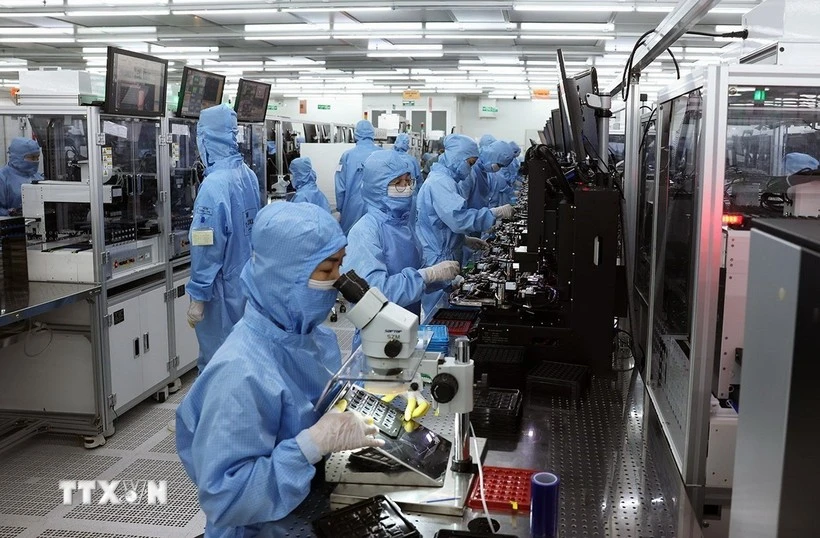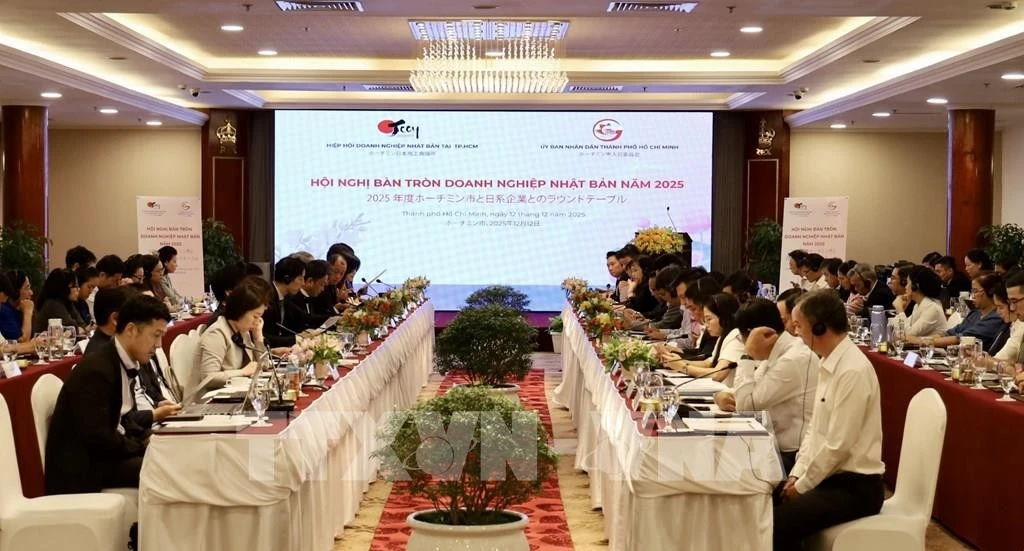This ambitious target follows a 7% GDP growth forecast for 2024 and signifies the government’s determination to not only overcome challenges but also position Vietnam for a stronger and more prosperous future in the new era.
Making the most of opportunities
Minister of Planning and Investment Nguyen Chi Dung emphasised the importance of aiming for high growth rates, with a specific target of at least 10% annual growth over the next 20 years. He noted that sectors, regions, and localities must identify breakthrough goals for the upcoming period. Each sector and region must actively seek to resolve challenges, seize opportunities, and fully exploit their potential for growth.
Major economic centres like Hanoi and Ho Chi Minh City, along with dynamic regions such as the Red River Delta and Southeast Vietnam, are expected to play a crucial role in achieving this goal. These areas must also aim for double-digit growth to lead and drive the national economy forward.
A key element identified by the minister is the untapped potential within the Vietnamese economy, especially in the private sector. To address this, the government aims to create an even stronger breakthrough in mechanisms, policies, and legal frameworks, providing a more favourable environment to attract resources, stimulate domestic businesses, and especially support the growth of large private enterprises. The government’s goal is to remove barriers and obstacles for stalled projects, thus freeing up resources that can contribute significantly to growth, job creation, production, business activities, and state revenue.
Economist Nguyen Tri Hieu identified four key factors that will impact the Vietnamese economy in 2025: exchange rates, foreign trade, geopolitical tensions, and internal economic challenges. Specifically, fluctuations in the value of the US dollar, as well as the economic and foreign policies of the US, could influence Vietnam’s foreign trade, especially as the US tightens monetary policies and increases import tariffs. Geopolitical issues, including the ongoing Russia-Ukraine conflict and tensions in the Middle East, will continue to create unpredictable challenges for global markets. As Vietnam is an open economy deeply connected to the global market, these external factors could have significant implications. Therefore, the government must adjust its policies to leverage integration advantages while minimising risks.
Vietnam is currently in a phase of economic restructuring, setting the stage for a new period of growth. In this context, supporting small and medium-sized enterprises is crucial. The government is focused on helping these businesses to thrive while reducing the number of firms leaving the market, thereby maintaining a vibrant entrepreneurial environment.
Dr Can Van Luc, Chief Economist at BIDV, pointed out that Vietnam can achieve high economic growth if it aggressively reforms, removes institutional bottlenecks, and promotes digital transformation. Key factors supporting growth will include controlling inflation, stabilising exchange rates, reducing lending interest rates, and accelerating the national drive for innovation and digitalisation. Efforts to implement the government’s Decree 06 on digital transformation across various levels will also play an important role in enhancing the economy’s resilience and driving growth.
Public investment leads
Looking ahead, the Ministry of Planning and Investment remains optimistic about Vietnam's economic prospects for 2025. International organisations have adjusted their forecasts for Vietnam’s GDP growth upward. The Asian Development Bank (ADB) raised its GDP growth forecast for Vietnam from 6.2% to 6.6%, making it the highest growth rate in Southeast Asia. Additionally, Standard Chartered forecasts a 6.7% growth rate for Vietnam in 2025. The International Monetary Fund (IMF) projects that Vietnam’s GDP will reach 506 billion USD by 2025.
In line with these goals, the prime minister issued Directive No. 140/CĐ-TTg on December 27, 2024, which requires all ministries, industries, and localities to act decisively and efficiently on the three strategic breakthroughs, six key tasks, and twelve major solutions that have been outlined. The directive emphasises the need to strengthen traditional growth drivers, including investment, consumption, and exports, while also pushing forward with new growth drivers.
Public investment is highlighted as a key area for growth. The government aims to lead by example with public investment, stimulating private sector participation through public-private partnerships and accelerating the implementation of key infrastructure projects. A major target is to complete 3,000 km of expressways by 2025 and 5,000 km by 2030.
Dr Nguyen Duc Kien, former head of the prime minister’s Economic Advisory Group, pointed out that the 2025 goal would be achievable with a strong focus on infrastructure, such as the Lao Cai-Hanoi-Hai Phong railway. Completion of such projects will create the foundation for sustained economic growth, potentially leading to three consecutive years of high GDP growth.
Prof, Dr Hoang Van Cuong, a member of the National Assembly’s Finance and Budget Committee, noted that Vietnam’s business environment would likely improve, thanks to reforms aimed at simplifying administrative procedures and eliminating barriers. These changes, implemented since late 2024, will unlock resources and promote sustainable economic growth.
2025 is a pivotal year for Vietnam as it marks the final year of the 5-year socio-economic development plan for the 2021-2025 period. It is also a year for accelerating progress, laying the groundwork for the 2026-2030 period. The government’s decisive measures and reforms will ensure that Vietnam enters the next phase of its development with renewed energy, positioning itself for a future of high growth and prosperity. This period will realise the national vision articulated by the country’s leadership, marking the dawn of a new era for Vietnam’s development.
















